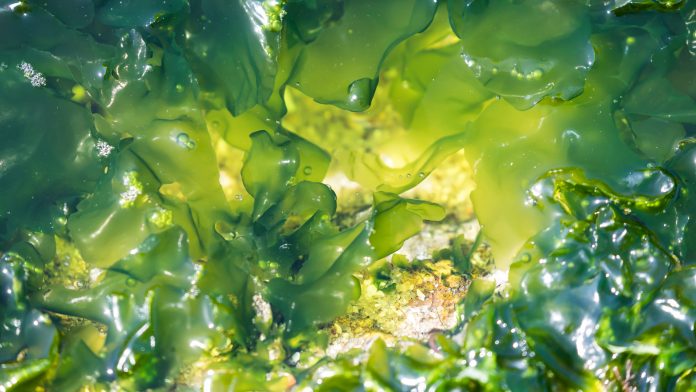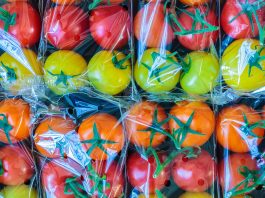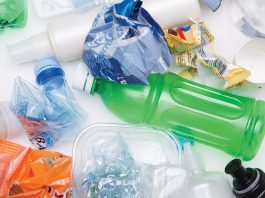The raw materials used in bioplastics compete for land and resources with food crops, however the development of seaweed-based bioplastics can offer a solution to plastic waste and food shortages.
The use of plastics is heavily ingrained in our culture, from polyester clothing to Polyethylene terephthalate (PET) food packaging. However, plastic waste and production can have catastrophic effects on the environment. Bioplastics offer a sustainable alternative to traditional materials, many of which are made from vegetable oils, corn starch, and wood products. Although many bioplastics are better for the environment than their conventional counterparts, some of these materials compete for arable land with food crops. One solution to this is the use of seaweed-based bioplastics.
Seaweeds are amongst the fastest growing organisms on the planet. Under optimal conditions, the giant kelp Macrocystis pyrifera, can grow nearly a metre a day – attaining lengths of more than 50m. The availability of this resource could meet the global demand for plastics and facilitate the transition from the use of fossil fuel-based plastics to bioplastics.
The European approach to seaweed-based bioplastics
As of December 2015, the European Commission launched the EU Action Plan for a circular economy, where it identified sustainable plastics as a key priority in the development of Europe. To reflect this goal, the European Commission granted €1.49m to the SEABIOPLAS project, which aims to develop seaweed-based bioplastics. The project’s main goal was to introduce sustainably cultivated seaweeds as feedstock for biodegradable bioplastics, contributing to innovation in the bioplastics sector.
The team from SEABIOPLAS aimed to produce Polylactic acid, or polylactide which is a thermoplastic polyester that is often used in 3D printing. In order to achieve this the team conducted a preliminary small scale fermentation tests on four types of microorganisms, i.e. two Lactobacillus spp., Bacillus sp., and Rhizopus sp., which were tested for lactic acid production from pure monosaccharides each representing sugars that were present in seaweed hydrolysates.
The Lactobacillus strains were chosen as the most suitable to ferment most sugars present in three species of seaweed and L. rhamnosus was the preferred microorganism producing lactic acid with the highest yield. Offering a sustainable foundation to produce seaweed-base bioplastics.









